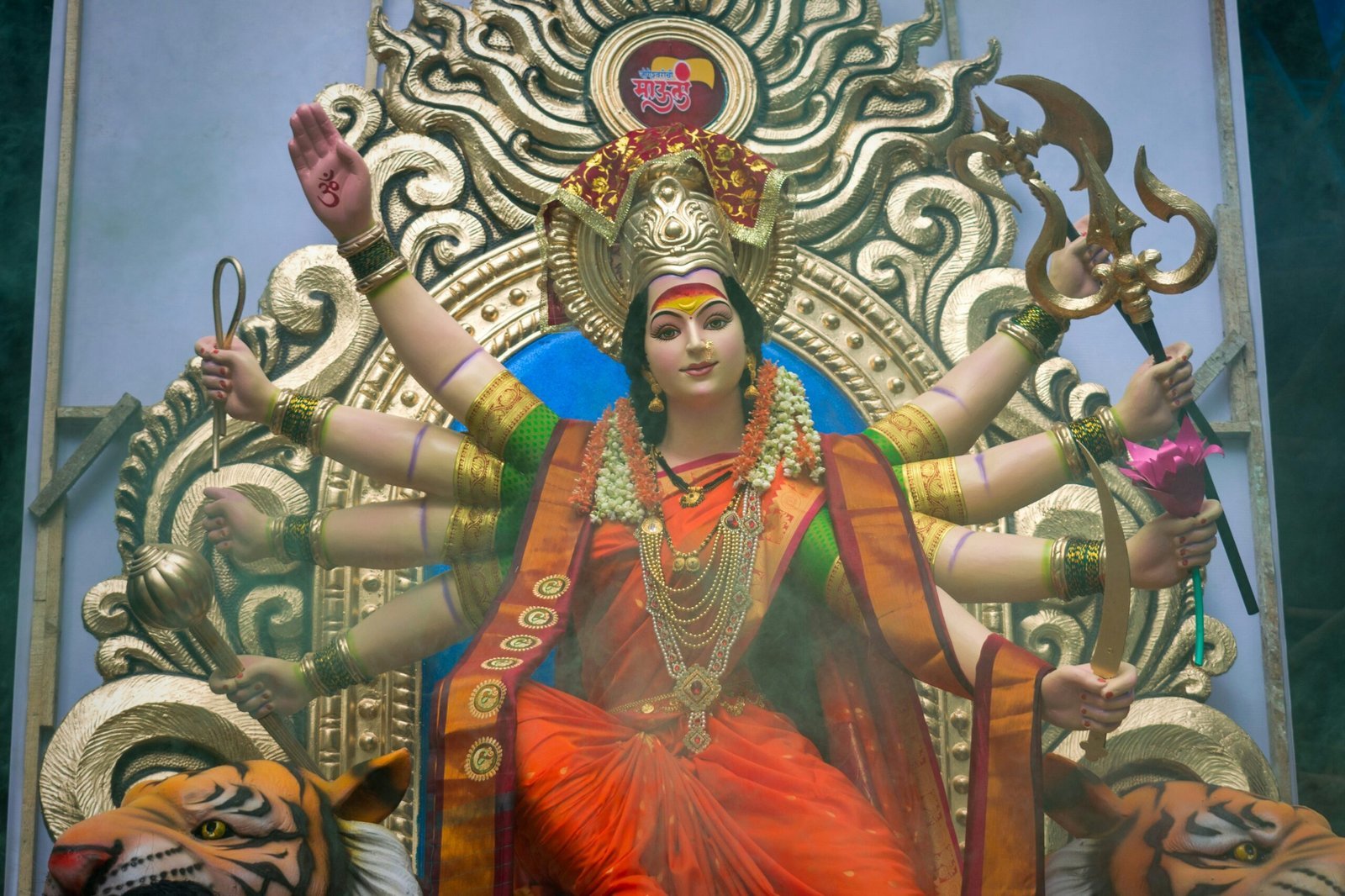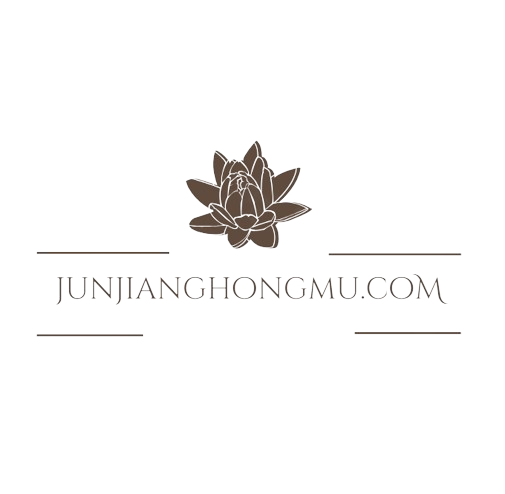
Cultural Hegemony in the Fashion Industry: Who Defines Fashion Standards?
When it comes to the fashion industry, the concept of cultural hegemony plays a significant role in defining fashion standards. Cultural hegemony refers to the dominance of one social group over others, shaping the norms, values, and overall culture of society. In the context of the fashion industry, cultural hegemony influences who gets to define what is considered fashionable, trendy, and desirable.
Throughout history, the fashion industry has been shaped by dominant cultural forces that dictate what is deemed as fashionable. These forces can include influential designers, fashion houses, celebrities, media, and societal elites. As a result, the standards of beauty, style, and trends are often established by those in positions of power and influence.
The Role of Fashion Influencers and Celebrities
In today’s digital age, the rise of social media has given birth to a new wave of fashion influencers and celebrities who wield significant power in shaping fashion standards. These individuals often have massive followings and are able to dictate trends and styles to their audience. As a result, what they wear and promote can quickly become the next big trend, further perpetuating cultural hegemony in the fashion industry.
Furthermore, the influence of celebrities on fashion standards cannot be understated. Red carpet events, award shows, and high-profile public appearances often set the stage for what is considered fashionable and stylish. The media coverage of celebrity fashion choices further amplifies the impact of cultural hegemony, as the public looks to these figures for cues on what to wear and how to present themselves.
The Role of Fashion Houses and Designers
Fashion houses and designers also play a pivotal role in defining fashion standards. The runway shows, collections, and marketing efforts of high-end fashion brands often set the tone for upcoming trends and styles. The influence of these fashion powerhouses extends beyond their designs, as their branding and messaging can shape societal perceptions of what is fashionable and desirable.
Moreover, the concept of luxury and exclusivity associated with high-end fashion further reinforces cultural hegemony. The ability of these fashion houses to set high price points for their products creates a sense of aspiration and desire within consumers, further solidifying their influence on fashion standards.
The Impact of Media and Advertising
Media, including fashion magazines, websites, and advertisements, plays a crucial role in perpetuating cultural hegemony within the fashion industry. The portrayal of beauty standards, the promotion of specific products, and the coverage of fashion events all contribute to shaping the collective perception of what is considered fashionable and stylish.
Additionally, the lack of diversity and representation in mainstream media and advertising can further perpetuate cultural hegemony by marginalizing certain cultural aesthetics and perspectives. This can lead to a homogenized view of fashion, where only a narrow set of standards is upheld, neglecting the rich diversity of global fashion traditions and expressions.
Challenging Cultural Hegemony in Fashion
While cultural hegemony has long been a defining force in the fashion industry, there are ongoing efforts to challenge and subvert these dominant standards. The rise of inclusive and diverse fashion movements, the amplification of marginalized voices, and the push for sustainable and ethical fashion are all contributing to a shift in the paradigm of fashion standards.
Social media has also provided a platform for individuals and communities to challenge traditional fashion norms and celebrate unique styles and expressions. The democratization of fashion through user-generated content has diversified the representation of beauty and style, offering an alternative to the hegemonic standards perpetuated by traditional fashion gatekeepers.
Furthermore, the increasing demand for transparency and accountability within the fashion industry has led to greater scrutiny of the practices of fashion houses, designers, and media outlets. Consumers are advocating for greater inclusivity, sustainability, and authenticity, challenging the established norms perpetuated by cultural hegemony.
Conclusion
In conclusion, cultural hegemony plays a significant role in defining fashion standards within the industry. Influential figures such as fashion influencers, celebrities, designers, and media outlets have historically shaped the norms and trends that dictate what is considered fashionable. However, there is a growing movement to challenge these hegemonic standards, advocating for diversity, inclusivity, and sustainability within the fashion industry. As the industry continues to evolve, the balance of power in defining fashion standards may shift, offering new opportunities for diverse voices and perspectives to shape the future of fashion.
The Influence of Globalization on Fashion Standards
Globalization has had a profound impact on the fashion industry, both in terms of cultural exchange and the homogenization of fashion standards. As the world has become increasingly interconnected, the flow of ideas, trends, and styles has intensified, leading to a blurring of cultural boundaries.
On one hand, globalization has fostered a greater appreciation for diverse fashion traditions and has allowed for the cross-pollination of styles from different regions. This has led to the emergence of hybrid fashion expressions, where elements from various cultural backgrounds are integrated into unique sartorial creations.
However, the downside of this cultural exchange is the potential for a dominant culture to overshadow and marginalize the fashion expressions of less powerful or minority groups. The widespread dissemination of Western or Eurocentric fashion norms through global media and marketing has often resulted in the marginalization of traditional fashion practices, further entrenching cultural hegemony.
The standardization of fashion through global supply chains, mass production, and the rise of fast fashion have also contributed to the homogenization of fashion standards. The availability of similar clothing and accessories across different regions has led to a convergence of style, potentially diminishing the uniqueness and diversity of local fashion cultures.
The Intersection of Fashion and Sociopolitical Factors
Fashion is not merely a matter of aesthetics; it is deeply intertwined with sociopolitical factors that shape its evolution. The fashion industry has long been criticized for its lack of representation and inclusivity, often reflecting the biases and power structures present in society.
The underrepresentation of marginalized communities, such as people of color, LGBTQ+ individuals, and those with diverse body types, in fashion media, advertising, and design teams has perpetuated the dominance of a narrow set of beauty standards. This exclusion has not only limited the diversity of fashion expression but has also contributed to the marginalization and oppression of these communities.
Furthermore, the fashion industry’s complicity in upholding societal hierarchies and power structures has been a subject of increasing scrutiny. The luxury fashion industry, in particular, has been accused of catering to the elite and reinforcing class divides, further entrenching cultural hegemony.
Movements such as body positivity, size inclusivity, and racial diversity in fashion have emerged as a response to these exclusionary practices, challenging the industry to be more inclusive and representative. These efforts aim to dismantle the hegemonic standards that have long dictated what is considered fashionable and beautiful.
The Democratization of Fashion through Social Media
The rise of social media has significantly impacted the fashion industry, providing a platform for the democratization of fashion and the challenge of cultural hegemony. Social media has given a voice to individuals and communities who have traditionally been marginalized or underrepresented in the fashion landscape.
Through platforms like Instagram, TikTok, and YouTube, fashion influencers, bloggers, and everyday individuals can showcase their unique styles, challenge mainstream beauty standards, and amplify diverse fashion expressions. This has led to a shift in the power dynamics within the industry, as the audience and consumers have gained a more active role in shaping fashion trends and standards.
Moreover, social media has enabled the rise of niche fashion communities and subcultures, which celebrate and preserve the diversity of fashion traditions. These spaces have become hubs for the exchange of ideas, the promotion of emerging designers, and the celebration of alternative aesthetics, thereby counteracting the homogenizing tendencies of cultural hegemony.
The democratization of fashion through social media has also enabled greater transparency and accountability within the industry. Consumers are now more empowered to scrutinize the practices of fashion brands, demand sustainability and ethical production, and hold them accountable for their actions. This has led to a gradual shift in the industry’s priorities, as it responds to the evolving demands and expectations of a more socially conscious and engaged fashion community.
Sustainable and Ethical Fashion as a Challenge to Cultural Hegemony
The growing emphasis on sustainable and ethical fashion practices has emerged as a powerful counterpoint to the dominant cultural hegemony in the industry. The fashion industry has long been criticized for its detrimental environmental impact, exploitative labor practices, and perpetuation of unsustainable consumption patterns.
Sustainable fashion movements, which prioritize ecologically sound production methods, fair labor conditions, and the reduction of waste, have gained significant momentum in recent years. These initiatives aim to challenge the fast-paced, trend-driven nature of the fashion industry, which is often rooted in the dictates of cultural hegemony.
By promoting transparency, traceability, and the use of eco-friendly materials, sustainable fashion brands are challenging the dominance of large conglomerates and high-end labels that have traditionally defined fashion standards. These brands are offering consumers alternative choices that align with their values of social and environmental responsibility.
Furthermore, ethical fashion initiatives that champion the work of artisans, small-scale producers, and local communities are helping to preserve and elevate diverse fashion traditions that have been marginalized by the global fashion system. These efforts empower marginalized groups and provide them with a platform to showcase their unique fashion expressions, undermining the hegemonic standards imposed by dominant cultural forces.
The Future of Fashion: Towards a More Inclusive and Equitable Industry
As the fashion industry continues to evolve, there is a growing momentum towards a more inclusive and equitable future. The challenges to cultural hegemony in fashion, driven by various social movements, technological advancements, and a shift in consumer values, point to a promising trajectory for the industry.
The increased visibility and representation of diverse fashion narratives, the amplification of marginalized voices, and the demand for greater accountability and sustainability within the industry all signal a shift in the power dynamics. Consumers, particularly younger generations, are becoming more discerning and are using their purchasing power to drive change, challenging the status quo and the hegemonic standards that have long dominated the fashion landscape.
Moreover, the fashion industry itself is beginning to respond to these demands, with more brands and designers embracing inclusive casting, diverse representation in their marketing and design teams, and the celebration of a wider range of body types, ethnicities, and gender expressions. This evolution reflects a growing acknowledgment of the need to dismantle the cultural hegemony that has shaped the industry for so long.
The future of fashion holds the promise of a more diverse, equitable, and sustainable industry, where the rich tapestry of global fashion traditions is celebrated, and the voices of the marginalized are amplified. By continuing to challenge the dominant cultural forces that have defined fashion standards, the industry can pave the way for a more inclusive and representative future, where the true diversity of human expression is honored and celebrated.


